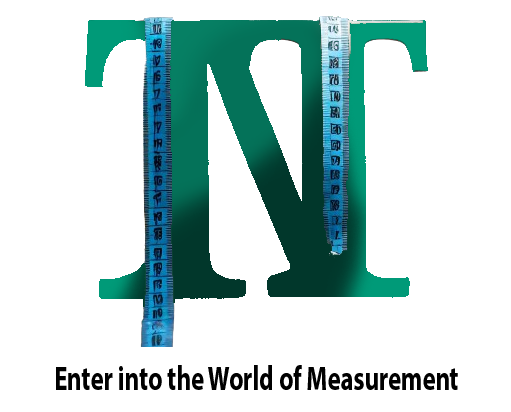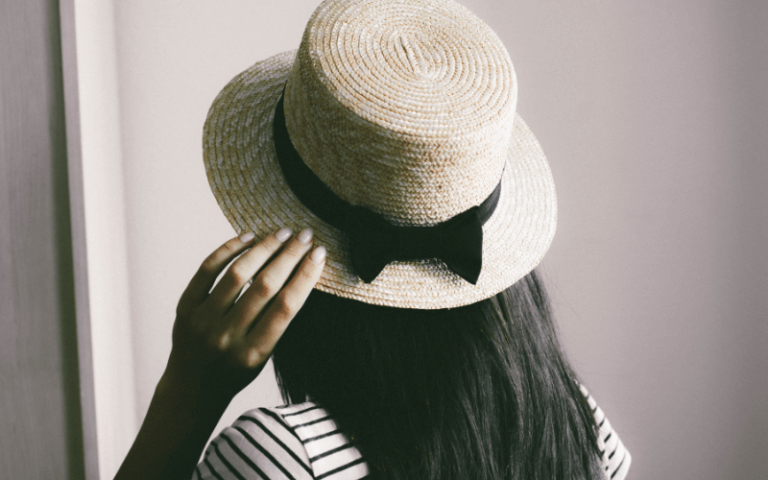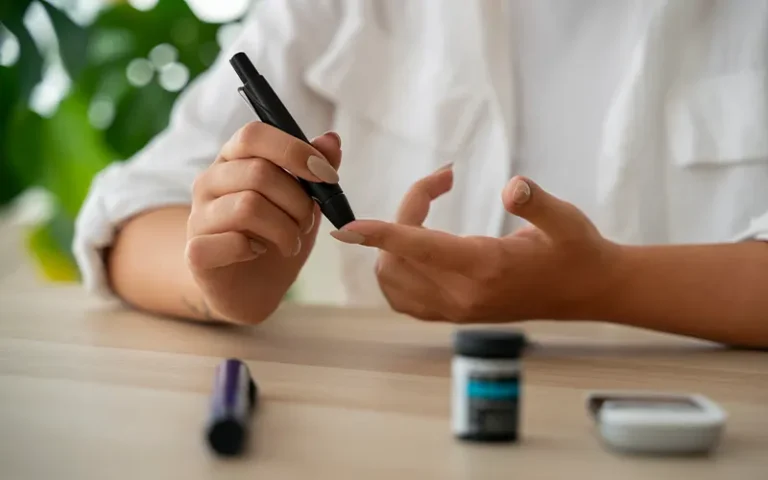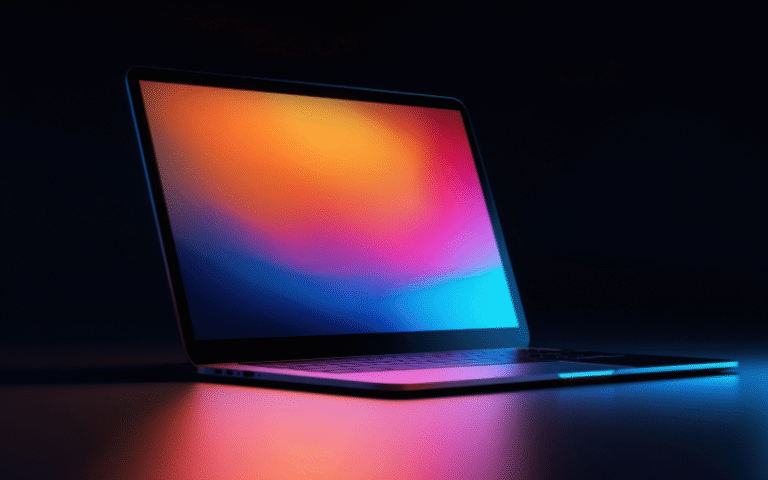How to Measure a Shot Without a Shot Glass: 5 Easy & Accurate Methods
Whether you’re hosting a cocktail night, experimenting with a new recipe, or simply enjoying a quiet drink at home, getting the measurements right matters. But what happens if you don’t have a shot glass?
Don’t worry — you’re not stuck guessing. In fact, there are plenty of accurate and creative ways to measure a shot using items you already have in your kitchen.
This guide will teach you 5 proven methods to measure a shot without a shot glass, plus bonus tips to help you become more confident in pouring, mixing, and getting your drink ratios spot-on every time.
📏 First Things First: What Exactly Is a Shot?
Before diving into methods, let’s define what you’re trying to measure.

In the U.S., a standard shot equals:
- 1.5 fluid ounces
- 3 tablespoons
- 9 teaspoons
- About 44–45 milliliters
Other countries have slightly different standards:
- UK: 25 or 35 ml
- Australia: 30 ml
- Canada: 1.5 oz (same as US)
So, depending on your region, measurements may vary slightly. For the purpose of this guide, we’re using 1.5 oz / 44 ml as the standard shot.
🥄 Method 1: Use Measuring Spoons or a Measuring Cup (Most Accurate)

If you want precision and consistency, kitchen measuring tools are your best friend.
Here’s how to measure one shot:
- 3 tablespoons = 1.5 oz
- 9 teaspoons = 1.5 oz
This is ideal for recipes requiring exact ratios. For example, when making drinks like Margaritas, Martinis, or Manhattans, even slight changes in proportions can alter the taste.
Don’t have spoons?
Use a liquid measuring cup. Look for the 1.5 oz or 44 ml marking. Some cups may only show ml, so simply fill to 44–45 ml.
If your measuring cup is marked in fractions of a cup:
- 1.5 oz = 3/16 cup
- Or about 1/8 cup + a splash
✅ Pros: Most accurate. Great for beginners.
⚠️ Cons: Requires clean tools and a bit of setup.
🧃 Method 2: Use a Red Plastic Solo Cup (Quick & Surprisingly Helpful)

Ever noticed the lines on red party cups? They’re not just for design — they’re actually measurement guides:
- Bottom line ≈ 1 oz
- Fill slightly above it = ~1.5 oz shot
This makes Solo cups incredibly handy at parties or outdoor events where you don’t want to carry bar tools.
You can also use the other lines to estimate:
- 5 oz (middle line) = wine serving
- 12 oz (top line) = a can of beer
If you’re pouring multiple drinks and want consistency, use this trick. Try filling the same amount each time and watch your cocktails taste much more balanced.
✅ Pros: Quick, practical, no tools required
⚠️ Cons: Less precise than spoons or cups
💊 Method 3: Use a Medicine Cup

Those little plastic cups from cough syrup bottles are shockingly effective as makeshift measuring tools.
Why? Because they are designed for accuracy.
Most medicine cups have clear markings:
- Ounces
- Milliliters
- Teaspoons
To measure a shot:
- Fill to the 1.5 oz or 45 ml mark
- Or use 3 tsp / 15 ml three times if necessary
Many medicine cups go up to 2 oz or 60 ml, making them a great tool for mixing doubles too.
Bonus: If you’re traveling and bringing only essentials, a medicine cup fits easily into a toiletry bag.
✅ Pros: Accurate and compact
⚠️ Cons: You may need to rinse between pours
🌀 Method 4: Practice the Free Pour Technique (Like a Bartender)

If you’ve ever watched a bartender pour confidently without measuring, they’re probably using a method called free pouring.
This technique uses a rhythm-based pour — often combined with a pour spout — to estimate volume accurately.
How to practice:
- Fill a liquor bottle with water and attach a pour spout
- Grab a measuring cup to test accuracy
- Start pouring while counting:
- “One-two-three-four” = 1.5 oz
- Measure what you poured. Adjust timing if needed.
You’ll learn how much to tilt the bottle and how fast to pour. With enough practice, you’ll hit the 1.5 oz mark almost perfectly.
Even without a spout, you can tilt the bottle and count slowly:
“1-and-2-and-3-and-4” works just as well.
✅ Pros: Fast, useful for entertaining
⚠️ Cons: Takes practice and consistency
✋ Method 5: Use Your Fingers for a Quick Visual Measure
This is the most old-school and improvisational technique — using your fingers to visually estimate a pour.

Here’s how:
- Place one finger horizontally against the side of the glass
- Fill until the liquid reaches the top of your finger = ~1 shot
- Two fingers = double shot
Note: Accuracy varies depending on:
- The width of your glass
- Your finger size
Wider glasses will hold more liquid at a “1-finger” level than narrow glasses. But once you know your glass and fingers, you can replicate the same pour every time.
✅ Pros: Works in a pinch
⚠️ Cons: Not ideal for precision or beginners
🎯 Bonus Methods & Tips
🧼 Use a Cap as a Mini-Measurer
- Bottle caps (from water or soda bottles) can hold about 1/2 to 1 oz
- Great for camping or tailgates
🧪 Use a Kitchen Syringe
- Baby medicine syringes often measure 1 to 5 ml
- Measure 45 ml = 1.5 oz
📸 Memorize with Photos
- Take a picture of your glass with 1.5 oz poured in it. Use it as a visual reference next time!
🍹 FAQs
Q: What’s the easiest method for beginners?
➡️ Measuring spoons — accurate and accessible.
Q: Can I measure a double shot without a shot glass?
➡️ Yes! Use 6 tablespoons, 18 teaspoons, or fill to 90 ml.
Q: Is a shot the same everywhere?
➡️ No. The U.S. uses 1.5 oz, while the UK and Europe use smaller measures. Always check the standard for your region.
Q: How can I be consistent when free pouring?
➡️ Practice using water and a pour spout until you can hit the same measurement every time.
🧠 Final Thoughts: Master Your Pour Without a Shot Glass
Measuring a shot without a shot glass isn’t just possible — it’s actually easy and fun with the right approach. Whether you’re using a spoon, a red cup, a medicine cap, or your fingers, the key is consistency.
Master these methods and you’ll never have to panic about forgetting your bar tools again.







